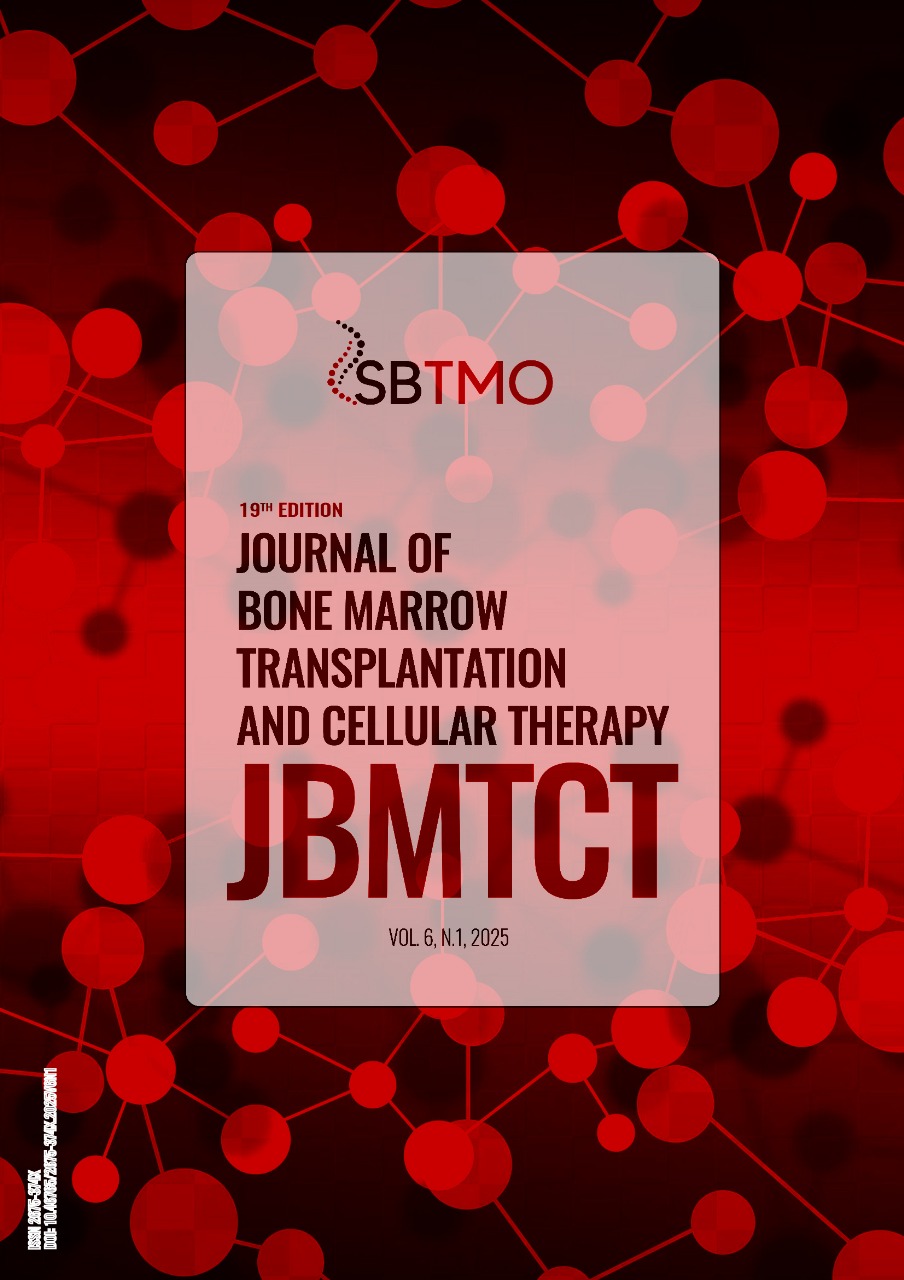Guidelines for the Diagnosis and Management of Paroxysmal Nocturnal Hemoglobinuria (PNH) at Hospital Universitário Walter Cantídio.
DOI:
https://doi.org/10.46765/2675-374X.2025v6n1p256Abstract
Paroxysmal Nocturnal Hemoglobinuria (PNH) is a rare and poorly understood clonal disease in our region. It is caused by somatic mutations in the PIGA gene on the X chromosome. Such mutations result in the absence of GPI production, which is an anchoring structure for proteins like CD55 and CD59 that protect red blood cells from lysis mediated by the complement system. PNH presents a diverse clinical course that includes intravascular hemolysis, thrombosis, and cytopenias. Following the advent of the humanized monoclonal antibody Eculizumab, which inhibits the C5 portion of the complement system, thereby preventing the destruction of red blood cells by the membrane attack complex, there has been a significant change in the treatment of PNH and in the lives of its patients. This study aims to present the guidelines for the diagnosis and management of patients with PNH followed at a reference public hospital in Ceará, Brazil.
Downloads
Published
How to Cite
Issue
Section
License
Copyright (c) 2025 JOURNAL OF BONE MARROW TRANSPLANTATION AND CELLULAR THERAPY

This work is licensed under a Creative Commons Attribution 4.0 International License.









